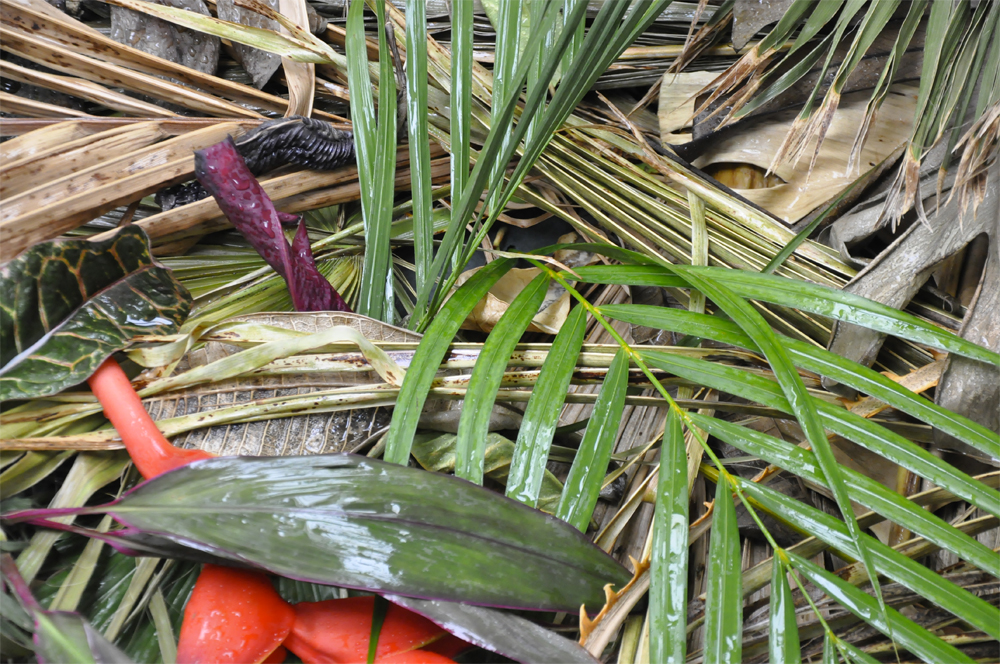One of the standouts of last year’s Biennale de Montréal, Abbas Akhavan’s nomination for the 2015 Sobey Art Award caps a decade of professional work since his graduation from Concordia University with a BFA in 2004 and the University of British Columbia with an MFA in 2006.
Born in 1977 in Tehran, Akhavan lives and works in Toronto. An early series of works titled Correspondences produced in 2008 during a residency at Stratagem Pacific Consulting, a conflict-resolution firm in Vancouver, showed an artist breaking conventional boundaries with his poetic, political art and brought him an awareness that led to his inclusion in “How Soon is Now,” an influential exhibition of emerging contemporary BC art curated by Kathleen Ritter for the Vancouver Art Gallery in 2009. In that exhibition, his Landscape: For the birds featured a 40-minute loop of invasive British bird species’ songs played 24 hours a day from speakers mounted in two large cypress trees outside the gallery. A metaphor for domesticated nature and the legacies of colonization in day-to-day experience, the work continued Akhavan’s advance into a form of extended installation art where many of the works were created during various national and international residencies.
In Study for a Garden (2012) at the Delfina Foundation in London, UK, Akhavan created a site-specific installation that occupied all four floors of the space. Using garden imagery and implements as a metaphor for territoriality, Akhavan augmented existing design details of the building—its carpets, wallpaper, mantle carvings, linoleum, kitchen table—with boxed cedars, watering cans, a trailing philodendron, a lawn sprinkler and a compressed-soil section to create a site-specific installation that challenged the privileged, residential history of the Delfina site with a counter history of creeping chaos and decay, where boundaries were inverted and the external world brought inside.
At the 2014 Biennale de Montréal, Akhavan conducted a similar spatial reversal with a series of taxidermied animals—songbirds, a fox and an owl—whose fallen bodies were distributed alongside other works in the exhibition. A related education-department project saw face-painting exercises turned into opportunities for children to paint themselves with patterns to negate facial recognition surveillance technologies. As with the rest of his developing practice, Akhavan’s art is a thoughtful, and at times mournful, interrogation of our habits of perception, underscoring the provisional nature of our understanding of the world around us.

 Abbas Akhavan, Study for a Curtain (installation view at the Third Line, Dubai), 2015.
Abbas Akhavan, Study for a Curtain (installation view at the Third Line, Dubai), 2015.







